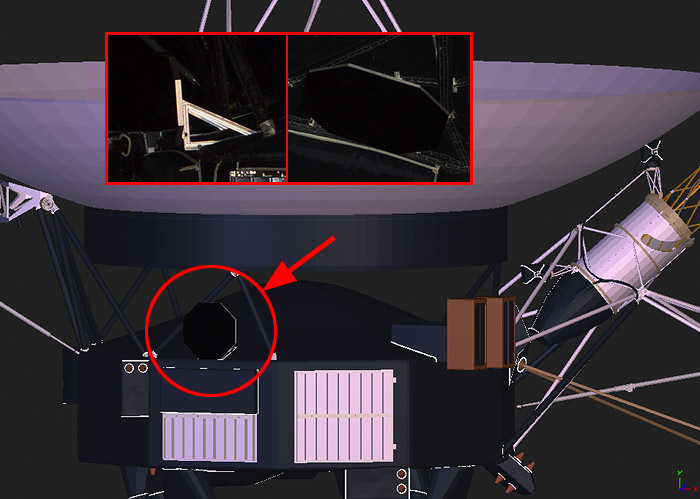Posted: 29.06.2006, 12:51
You may be right about Locations following the surfaces of Meshes. This would be necessary for labelling locations on the surfaces of irregular moons, for example.
I think my confusion is because I've had enough problems with Locations that I define objects at the points of interest, usually declaring them to be moons so the lettering is green. A transparent cmod point can be used as its Mesh.
For example, if you're very close, Location labels on the Earth jitter: they don't stay in the same place all the time. Also, if you try to define several Locations vertically above one another, with identical long and lat but with different altitudes, they are placed at slightly different long/lat locations. Objects don't have these problems. I suspect that Locations are positiioned using lower precision arithmetic than is used for the positions of objects.
I think my confusion is because I've had enough problems with Locations that I define objects at the points of interest, usually declaring them to be moons so the lettering is green. A transparent cmod point can be used as its Mesh.
For example, if you're very close, Location labels on the Earth jitter: they don't stay in the same place all the time. Also, if you try to define several Locations vertically above one another, with identical long and lat but with different altitudes, they are placed at slightly different long/lat locations. Objects don't have these problems. I suspect that Locations are positiioned using lower precision arithmetic than is used for the positions of objects.



